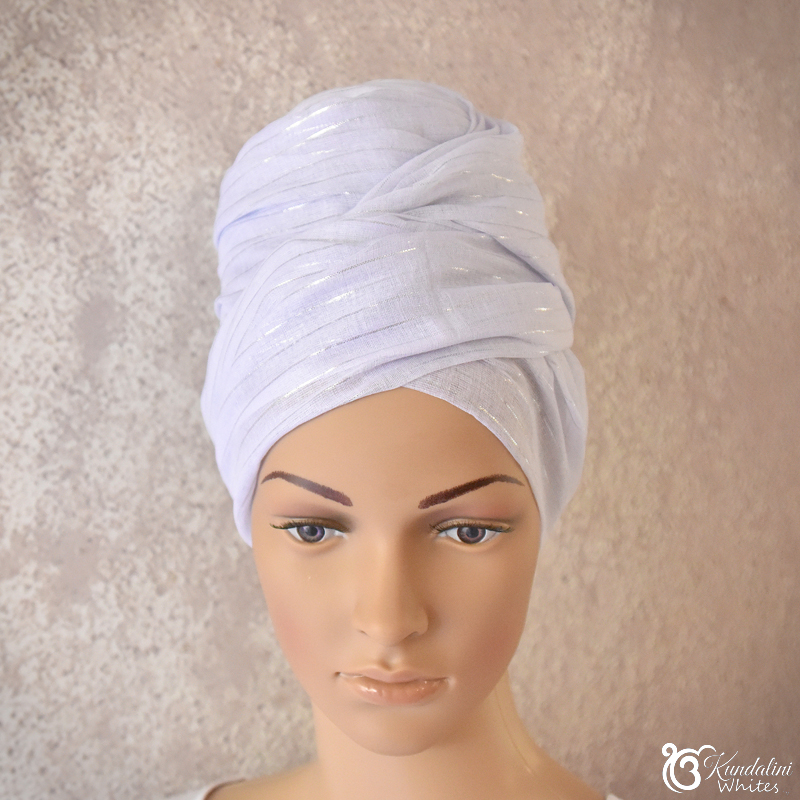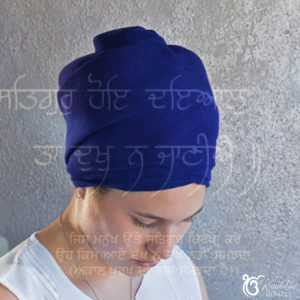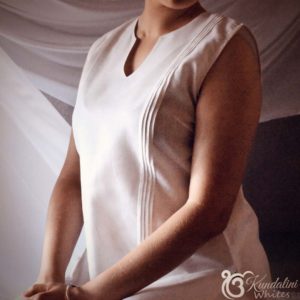Description
Wearing a turban during Kundalini yoga is a means of focussing and containing energy, clarifying thoughts, and creating a meditative focus at the Third Eye point.
The recommendation to wear a turban comes from ancient yogic wisdom. By covering the Crown Chakra we protect the point of connection to the Infinite. https://www.3ho.org/3ho-lifestyle/daily-routine/covering-head
The turban stabilises the small flat skull bones which move ever so slightly during meditation. Hence there is a physical effect on the skull’s meridians which are a network of fine filaments. Furthermore, wearing a turban has a stabilising effect on the electromagnetic field as a whole. Together these effects have been shown to promote calm and relaxation.
The turban is therefore an important element amongst the tools for higher consciousness. It sets the stage for a deeper practice by signalling a transition from the physical to the spiritual realm. The wearing of a turban prepares the body for the joy and reverence of the yoga practice.
Dimensions:
Length 3m. Width 0.4m. This length is relatively standard amongst Kundalini yogis – long enough but not too long to become cumbersome. The width, usually folded in three, provides enough bulk for a neat tight turban.
Care:
Traditionally turbans tend to be unhemmed, yet still handle washing well without fraying. We have chosen to hem most of our stock to make doubly sure that they will last for many years to come. Preferably handwash this item due to the sheer nature of it, or wash on a gentle cycle, dry in shade. Ironing is optional. Once dry, fold the fabric to preferred width and store as a roll ready for wrapping.
Cultural note:
Sikhs place a great deal of importance on wearing a turban which they call ‘Dastar’. In the Khalsa society, the turban signifies many important virtues. Examples of these are equality, spirituality, honour and self-respect. Add to that piety, moral values and courage, and you can appreciate that the turban is an integral part of the Sikh identity. Wikipedia has an extensive narrative on the Sikh turban which you can read here: https://en.wikipedia.org/wiki/Dastar









